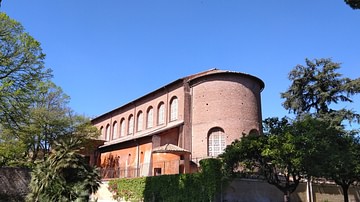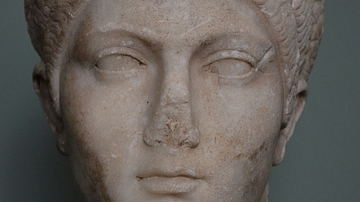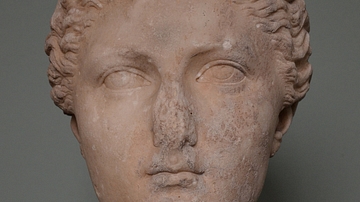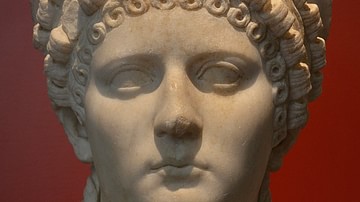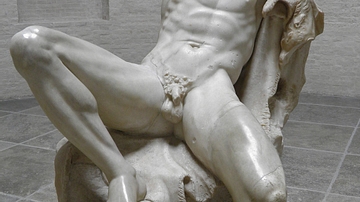Illustration
This marble statue came from the Villa at Monte Calvo in Sabina, Italy. In the villa, the boyish satyr was part of a fountain, for the jug is pierced for receiving a water pipe. The Berlin statue belongs to a series of copies, which go back to a lost original created around 370-350 BCE by the Greek sculptor Praxiteles (395 - 330 BCE). Roman copy, c. 150 CE. Acquired in 1826 CE. It is on display at the Altes Museum in Berlin, Germany.
About the Author
Cite This Work
APA Style
Amin, O. S. M. (2019, October 30). Statue of a Satyr from Sabina. World History Encyclopedia. Retrieved from https://www.worldhistory.org/image/11401/statue-of-a-satyr-from-sabina/
Chicago Style
Amin, Osama Shukir Muhammed. "Statue of a Satyr from Sabina." World History Encyclopedia. Last modified October 30, 2019. https://www.worldhistory.org/image/11401/statue-of-a-satyr-from-sabina/.
MLA Style
Amin, Osama Shukir Muhammed. "Statue of a Satyr from Sabina." World History Encyclopedia. World History Encyclopedia, 30 Oct 2019, https://www.worldhistory.org/image/11401/statue-of-a-satyr-from-sabina/. Web. 16 Apr 2025.



